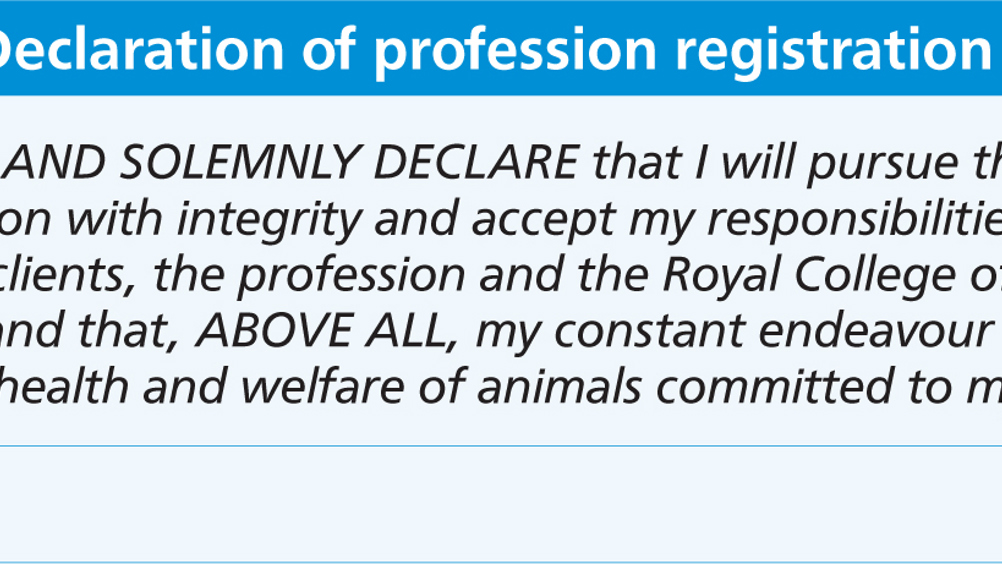References
Low-stress handling for long-term wound care

Abstract
Many canine patients have a requirement to return to the veterinary practice on a regular basis for treatment. Those that have associations of fear or anxiety with a practice, can find themselves in extremely stressful situations, effecting not only the animal but also the owner. Therefore it is important to take into consideration the welfare of the animals that are returning for further consultations, such as wound care. Consideration of what can be done to try and make these visits as stress-free as possible is essential. The veterinary nurse should be aware of methods that can be utilised to distract patients when undergoing potentially uncomfortable and stressful treatments.
Veterinary practices are presented with a diverse range of conditions. Some conditions, such as cases involving wound care, can be unpredictable in both the duration of recovery and the outcome. Patients may have to undergo a number of visits to the practice and experience a range of procedures in regards to the long-term care of wounds including, but not limited to:
Some veterinary professionals believe that it is normal for pets to be scared while at the veterinary practice and Lloyd (2017) states that it has become customary to accept that negative responses to the veterinary environment are typical. As veterinary professionals, veterinary nurses should be creating positive patient experiences, to ensure that they are reducing patient stress and doing no harm. Utilising low-stress handling (Box 1) can avoid undesirable behaviours, provide a safer working environment and promote a higher standard of animal welfare.
Register now to continue reading
Thank you for visiting The Veterinary Nurse and reading some of our peer-reviewed content for veterinary professionals. To continue reading this article, please register today.

